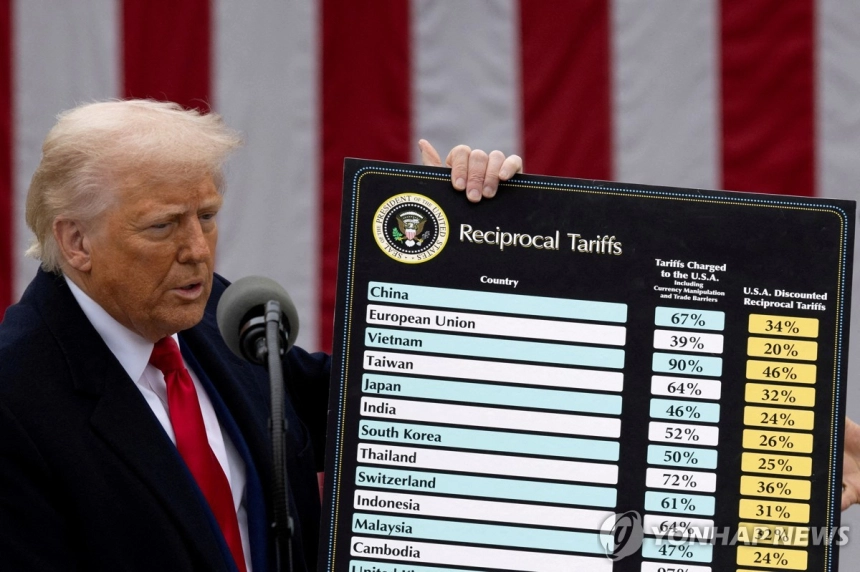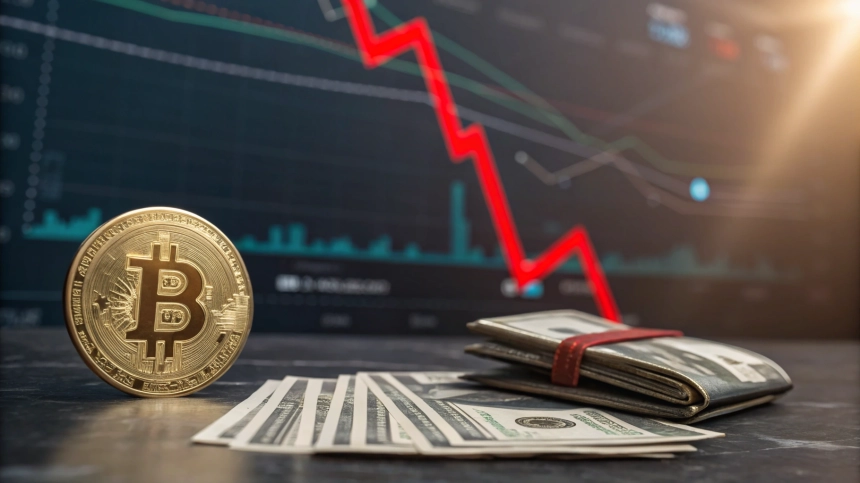Last week was a week filled with various issues, including the passage of Trump's 'Big Beautiful Bill' and tariff negotiations, amid important US employment data fluctuating back and forth. Employment data is deeply connected to the timing of interest rate cuts that significantly impact Bitcoin prices. As a result, Bitcoin prices dropped to $105,000 and even broke through $110,000 at one point.
First, let's look at the employment indicators. The US Department of Labor's JOLTs report at the beginning of the week maintained a typical level that met Wall Street's expectations. This report compiles monthly job openings and job changes in the United States.
The problem was the ADP non-farm employment figure that came out on the 2nd. While Wall Street expected a 93,000 increase, the actual count showed a decrease of 33,000 jobs. As this could be interpreted as a significant contraction in US employment, the market reacted strongly. The CME FedWatch service even increased the probability of interest rate cuts this year to three times.
This atmosphere was reversed in just one day. The next day, the US Department of Labor's non-farm payroll (NFP) data showed a favorable performance that exceeded expectations. While both ADP non-farm employment and NFP are US non-farm labor statistics, the former only covers private employment, and the latter compiles both private and government jobs. Even so, such a large discrepancy is unusual.
In any case, the speculation about the Fed's 'July rate cut' that was briefly in the spotlight is expected to disappear by the end of last week. After all employment data was released, the probability of a July rate cut by the Fed dropped below 5%.
US Corporate Buying, Will It Overcome Satoshi Era Bitcoin Profit-Taking?
With Bitcoin prices moving with a $5,000 amplitude in a week, market views on rising and falling continued to diverge. Some suggested that as Bitcoin prices approached $105,000, the Bitcoin bubble created by US corporations might burst, forecasting a bearish market.
However, others predicted an increase because institutions continue to accumulate Bitcoin. In fact, it was reported that five US-listed companies newly began Bitcoin strategic reserves in their company asset accounts last week. Listed companies' accumulated Bitcoin quantities are also ahead of Bitcoin spot ETFs for two consecutive quarters. Standard Chartered Bank reiterated its forecast that Bitcoin prices will reach $200,000 in the second half of this year for these reasons.
Personally, I found it interesting that Rick Edelman, a famous US financial advisor, advised that "institutional investors should incorporate cryptocurrencies into their portfolios at a 10-40% weight." Rick Edelman is known to be quite influential.
There are more Bitcoin popularization news. The Federal Housing Finance Agency (FHFA) announced last week that it is reviewing recognizing Bitcoin as one of the mortgage-backed assets. The FHFA is a representative housing regulatory agency in the United States.
Perhaps due to these circumstances, multiple movements to boldly cash out stored Bitcoin were detected. On the 4th, two wallets from the Nakamoto Satoshi era moved 20,000 Bitcoins, surprising investors. Within two days, a total of 80,000 Bitcoins that had been silent for a long time began to move. Bitcoin prices, which were looking to exceed $110,000, dropped to the $107,000 range due to concerns that these 8.6 billion dollars worth of BTC could turn into selling volume.
The Rex Shares Solana Staking Spot ETF, which was first released last week, recorded a relatively decent performance with a first-day trading volume of $32 million. However, as Bitcoin prices were adjusted, Solana prices also did not see much benefit. Nevertheless, there are expectations for this week's price movement as it broke the precedent of cryptocurrency spot ETFs typically falling immediately after release and showed a relatively stable price trend.
This Week's Key Schedule is US Tariff Negotiations... 'Trump's Rampage' is the Key
The most important schedule this week is the tariff negotiations that the United States and countries worldwide are expected to conduct. This is because the three-month mutual tariff suspension decided in April is set to end on the 8th.
The UK was the first to complete negotiations with the US, and last week, Vietnam actively negotiated and finished tariff talks in second place. The remaining 55 countries that the US cited as 'causes of US trade deficits' must complete negotiations this week.
While there was considerable tension until the latter part of last week, today's (Monday) atmosphere is not bad. This is because Treasury Secretary Scott Bessent and White House advisor Kevin Hassett hinted at a potentially softened tariff negotiation over the weekend. Treasury Secretary Bessent told CNBC that a 'mini-negotiation' with China is expected to be concluded within 24-48 hours. The approach is to first establish basic negotiations and continue more specific and detailed talks later.
However, if many countries do not show an active attitude towards tariff negotiations with the US this week, there is still a possibility that President Trump might take unpredictable actions at any moment. Of particular interest to the market is what measures will be taken towards Japan and the European Union (EU), which have large trade volumes with the US. We wish our readers successful investments this week as well.






